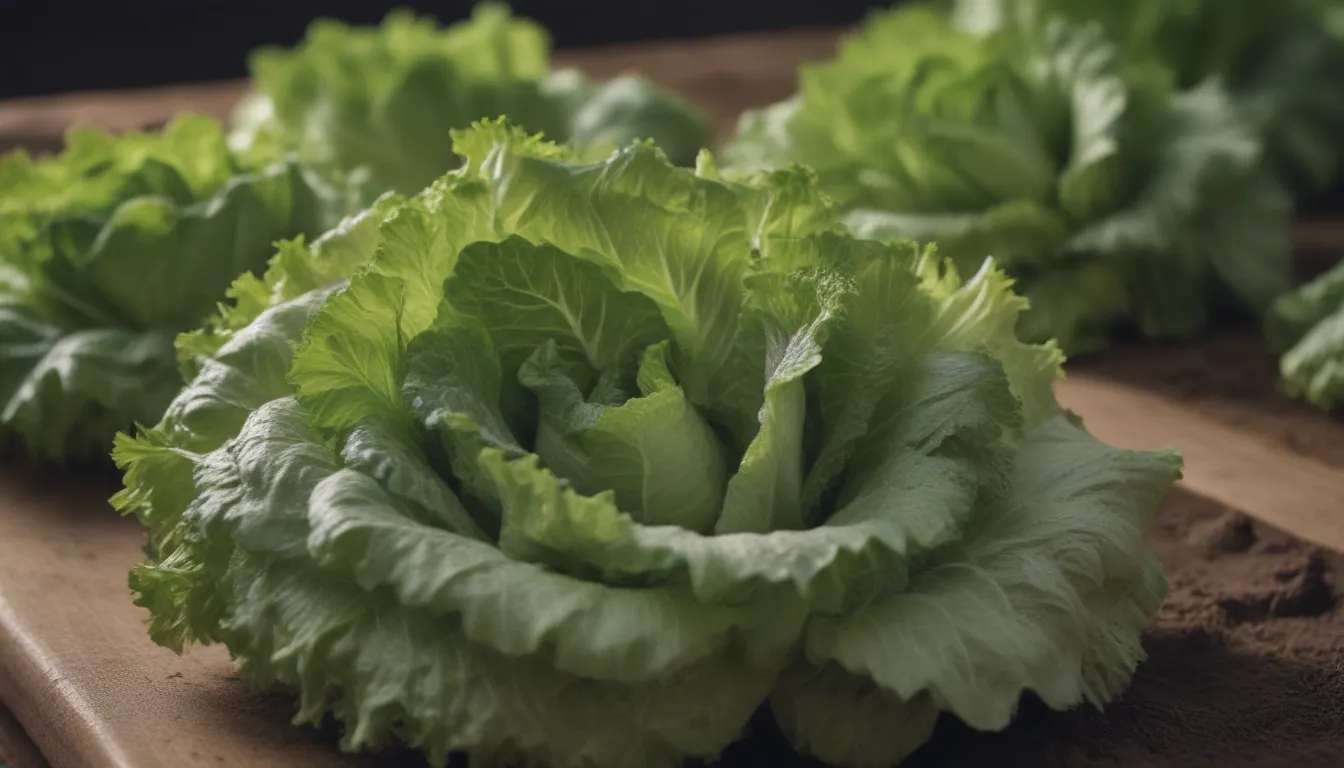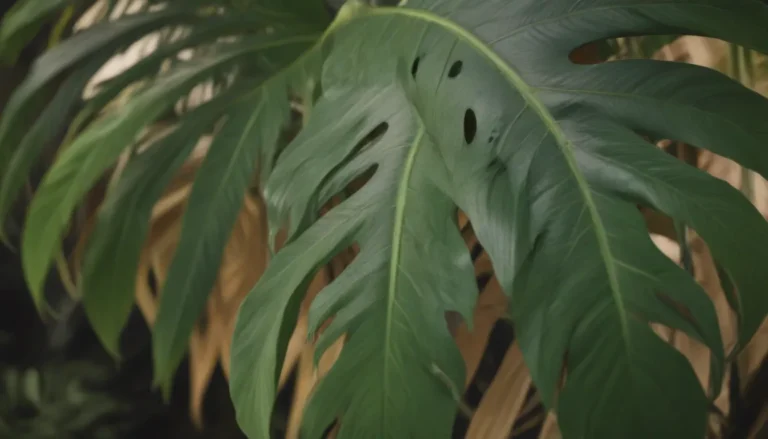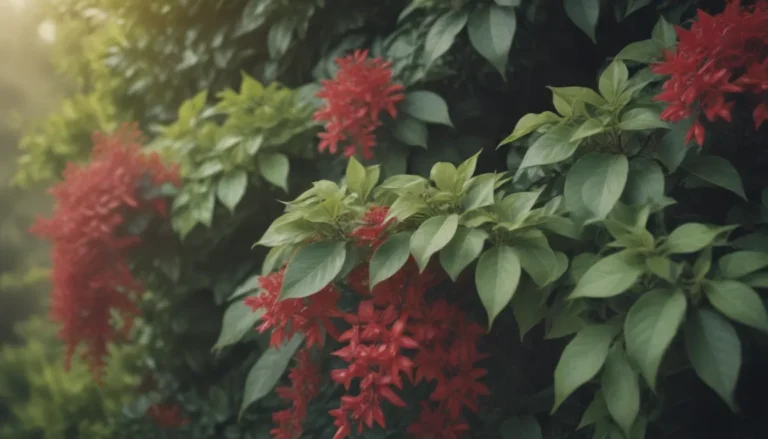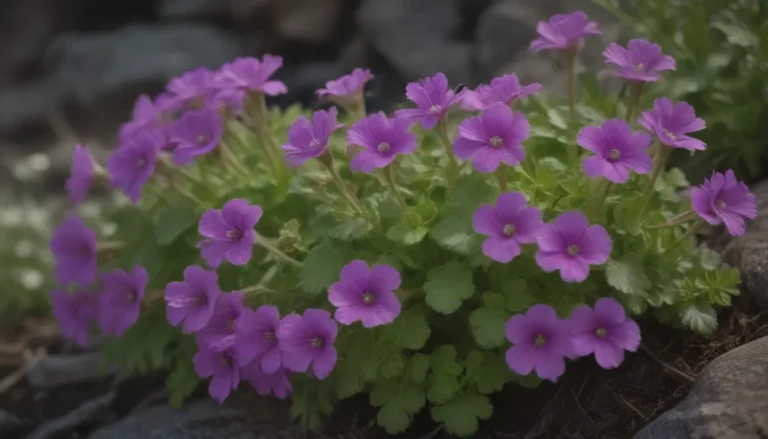Mastering the Art of Growing Romaine Lettuce at Home

If you’re a fan of fresh, crunchy salads and delicious wraps, then growing your own Romaine lettuce at home is a great way to enjoy this versatile and nutritious green. Romaine lettuce is known for its long, upright leaves with a midrib that adds crunch to any dish. The leaves are cupped, creating loose heads of vibrant green to purple leaves, depending on the variety. This fast-growing, cool-season crop thrives when planted from early fall to early spring in warm climates, allowing you to enjoy a bountiful harvest for months on end.
Once harvested, Romaine lettuce should be stored in the refrigerator’s crisper drawer to maintain its freshness and crunchiness. Whether you’re using it for salads, wraps, or garnish, Romaine lettuce adds a vibrant touch to any meal. But before you can enjoy the fruits of your labor, you need to know how to plant and care for your Romaine lettuce like a pro.
Planting Romaine Lettuce
When to Plant
Romaine lettuce is a cool-weather crop that thrives in temperatures ranging from 60°F to 70°F. For fall planting, sow your seeds two to three months before the first frost. If you’re planting in spring, start your seeds indoors about two months before the last frost, then transplant them into the ground once the threat of frost has passed.
Selecting a Planting Site
While Romaine lettuce prefers full sun, it can tolerate some shade. Choose a spot that receives at least six hours of sunlight and has well-drained soil. If your soil needs better drainage, amend it with compost to create the ideal growing conditions for your lettuce.
Spacing and Depth
When planting seeds, space them 12 inches apart at a depth of ¼ inch. For seedlings, space them 18 inches apart and match the depth of their growth in the pot when planting in the ground.
Plant Care
Light
Romaine lettuce thrives in full sun but can tolerate partial shade in some climates. Ensure your plants receive at least 6 hours of sunlight daily for optimal growth.
Soil
Opt for loose, well-drained soil rich in nutrients for your Romaine lettuce. Amend your soil with compost to provide the best growing conditions for your plants.
Water
Regular watering is essential for your Romaine lettuce, especially during dry periods. Use mulch to keep the soil moist but not wet, and to prevent weed growth that could compete for water and nutrients.
Temperature and Humidity
Romaine lettuce is more heat-tolerant than other lettuce varieties, but still thrives in temperatures from 45°F to 75°F. Avoid planting in hot weather to prevent bolting and bitterness in your lettuce. Consider shading your plants in extreme heat to protect them.
Fertilizer
During the growth period, use a balanced fertilizer with nitrogen, phosphate, and potassium to provide your Romaine lettuce with the necessary nutrients for success.
Pollination
Romaine lettuce is a self-pollinator, making seed harvesting a breeze. Allow your plants to flower and dry before collecting the seeds for the next planting season.
Types of Romaine Lettuce
- Baby Romaine
- Monte Carlo Romaine
- Red Romaine
- Paris Island Cos
Romaine Lettuce vs Iceberg Lettuce
While Romaine lettuce and iceberg lettuce are similar in their refreshing crunch and versatility, there are notable differences in size, shape, and color. Iceberg lettuce features round, pale green leaves, while Romaine lettuce grows upright with dark green, elongated leaves. Iceberg lettuce typically has a longer shelf life thanks to its ability to retain crispness longer.
Harvesting Tips
Harvest your Romaine lettuce when it reaches 8 to 12 inches tall and has dark green foliage. Cut the head about an inch and a half above the base for optimal harvesting. You can also harvest individual leaves as needed, allowing the plant to continue growing. Harvest in the morning for the crispiest leaves.
Growing Romaine Lettuce in Pots
Growing Romaine lettuce in pots is a great option for those with limited space or who prefer container gardening. Ensure your pots have proper drainage and are spaced 6 to 8 inches apart. Choose natural materials like terracotta, steel, or cedar for your containers.
How to Grow Romaine from Seeds
Sow Romaine seeds ¼ inch deep and 12 inches apart. Thin the crop once plants reach 4 to 6 inches in height, leaving 18 inches between plants. Water thoroughly after planting and thinning.
Overwintering Romaine Lettuce
Protect your Romaine lettuce from harsh winter temperatures by planting in shielded planters with row covers, tunnels, or cold frames. Be vigilant for pests and diseases due to reduced sunlight and airflow. Harvest before full maturity for best results.
In conclusion, growing Romaine lettuce at home can be a rewarding and delicious experience. By following these tips for planting, care, and harvesting, you can enjoy a continuous supply of fresh, crunchy lettuce for your salads and meals. Experiment with different varieties and growing methods to find what works best for your garden. Happy gardening!





